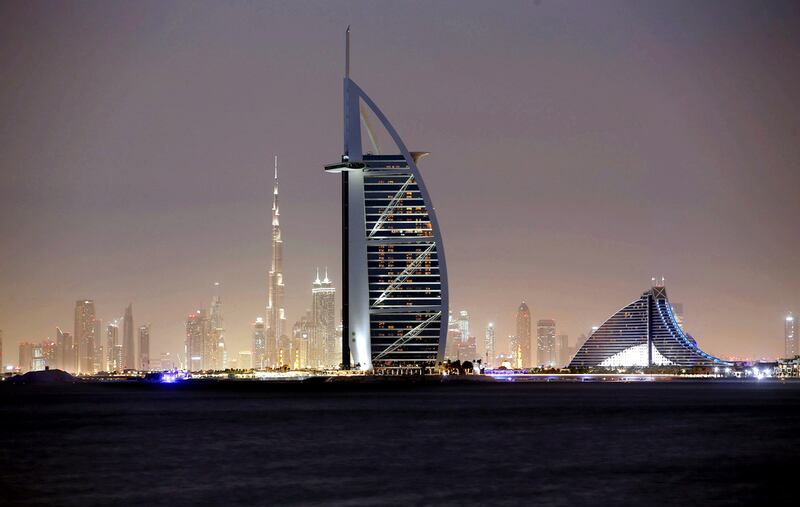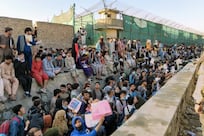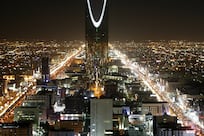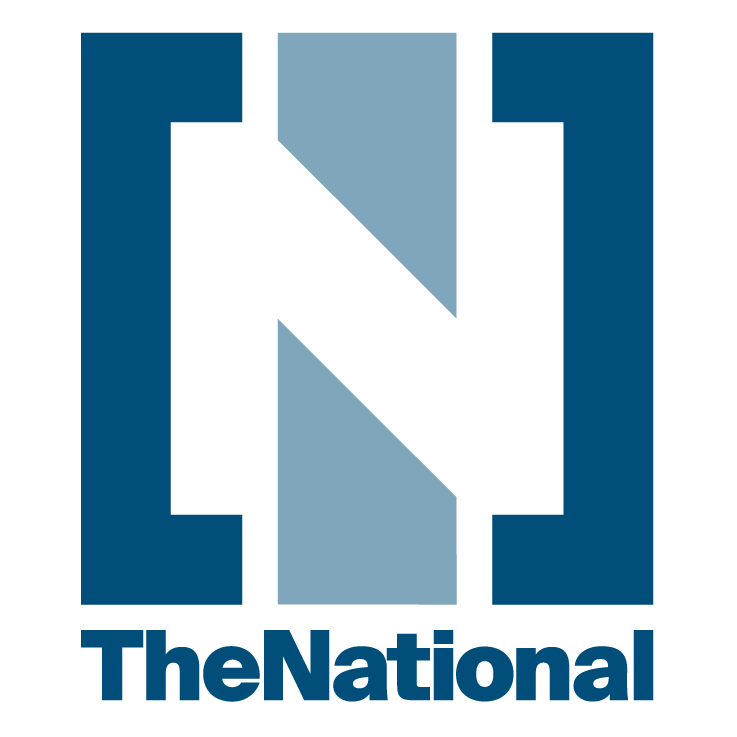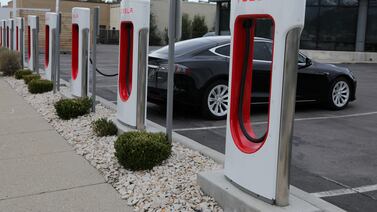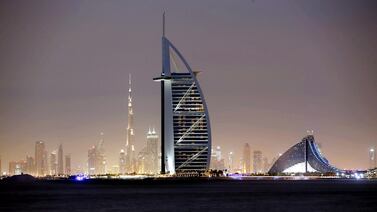The central banks of the UAE, Saudi Arabia, Bahrain, Kuwait and Qatar increased their benchmark borrowing rates after the US Federal Reserve raised its key interest rate to control spiralling inflation and restore “price stability”.
The Fed raised the policy rate by a larger-than-expected three-quarters of a percentage point, its third interest rate increase in three months and the biggest since 1994, and signalled that more rate increases are coming.
The move to stem rising US consumer prices comes as global financial markets wobble amid rising energy prices and high inflation.
“The Fed needs tighter financial conditions for the economy to cool, so supersized hikes should be expected over the next few meetings,” said Edward Moya, a senior market analyst at Oanda.
Most central banks in the GCC follow policy rate moves by the Fed due to the peg of their currencies to the US dollar. Kuwait is an exception in the six-member economic bloc as its dinar is linked to a basket of currencies.
To “maintain monetary and financial stability and in light of domestic and global developments”, the Saudi Central Bank, better known as Sama, raised its repurchase agreement (repo) rate by half a percentage point to 2.25 per cent and its reverse repo rate by a similar margin to 1.75 per cent.
Inflation in the kingdom was 2.2 per cent higher in May, compared to the same month in 2021, driven by higher food and transport prices.
The Central Bank of the UAE (CBUAE) raised its benchmark base rate for its overnight deposit facility (ODF) by three quarters of a percentage point.
It maintained the rate applicable to borrowing short-term liquidity from the regulator through all standing credit facilities at 50 basis points (bps) above the base rate, the regulator said on Wednesday.
The base rate, which is anchored to the Fed's interest on reserve balances (IORB), signals the general stance of the CBUAE’s monetary policy and provides an effective interest rate floor for overnight money market rates.
Inflation in the UAE is relatively low, compared to other parts of the world. It was 3.3 per cent in the first quarter and is projected to average 2.7 per cent for 2022, according to the CBUAE.
For 2022, inflation globally has been forecast at 5.7 per cent in advanced economies and 8.7 per cent in emerging market and developing economies, according to the International Monetary Fund.
The Central Bank of Kuwait (CBK) also increased its discount rate by 0.25 bps to 2.25 per cent. The CBK said it also changed the rates of monetary policy instruments by varying percentages for the entire interest rate yield curve, including repurchases, CBK bonds and tawarruq, term deposits, direct intervention instruments, as well as public debt instruments.
“This decision reflects the CBK‘s incessant monitoring of domestic and international economic and geopolitical developments that resulted in high global inflation rates, mainly driven by increased commodity and energy prices and continuous supply chain disruptions, which constitute a key source of imported inflation affecting the consumer price index in the state of Kuwait,” the central bank said.
test title with pipe

The Central Bank of Bahrain (CBB) increased its key rate on one-week deposits by 75 basis points to 2.5 per cent “to ensure the smooth functioning of the money markets” in the kingdom.
The interest rate on overnight deposits was also raised by three quarters of a percentage point to 2.25 per cent, and the interest rate on four-week deposits by 75 bps to 3.25 per cent, the CBB said.
The Bahraini regulator also raised the interest rate applicable to its lending facilities to retail banks in the kingdom by three quarters of a percentage point to 3.75 per cent.
The Central Bank of Qatar also increased raised its repo rate by 75 bps to 2.5 per cent. It also raised its deposit rate by three quarters of a percentage point to to 2.25 per cent and the lending rate by 50 bps to 3.25 per cent.
In March, the Fed raised rates by a quarter percentage point for the first time since December 2018, after keeping them near zero to soften the impact of Covid-19 on the economy.
Rising consumer prices forced the Fed to double the size of its rate increase to 50 basis points in May as it sought to curb inflation, which hit its highest level since 1981, and bring it down towards its target range of 2 per cent.
However, US inflation rose to 8.6 per cent in May, a new 40-year high, piling more pressure on the Fed to increase rates more aggressively as Americans grapple with higher prices at the pump and in grocery stores.
The consumer price index rose 1 per cent from a month earlier, exceeding all estimates, with shelter, food and petrol remaining the biggest contributors to overall price increases.
Surging oil and gas prices, exacerbated by Russia’s war in Ukraine, have fed into already rising inflation.
Brent, the benchmark for more than two thirds of the world crude, rose to a notch under $140 a barrel in March. It has given up some gains but is still trading near or just above $120 a barrel.
The impact of higher energy prices and shrinking consumer spending power on economic growth has also hit US stocks, plunging markets into bear territory.
“The Fed’s primary goal is to tame inflation right now, and not to boost the equity markets. And depressed market conditions seem necessary in achieving that goal,” said Ipek Ozkardeskaya, a senior analyst at Swissquote Bank.
The Russia-Ukraine conflict has exacerbated the slowdown from the Covid-19 pandemic, upending commodity markets and disrupting global trade, which will keep food and energy prices at “historically high levels” until 2024, the World Bank said last month.
Earlier this month, the World Bank slashed its growth forecast for the global economy for the second time this year as a result of the Ukraine war, lowering its estimate for 2022 to 2.9 per cent, from a 3.2 per cent projection it issued in April and a 4.1 per cent estimate made in January.
The IMF cut its growth forecast for the global economy to 3.6 per cent in 2022 and 2023 while the Institute of International Finance lowered its estimate to 2.3 per cent.
The UAE economy is set to expand by an annual 5.4 per cent this year, driven by higher oil prices and the country’s success in containing the impact of the coronavirus pandemic, according to the CBUAE. The economy expanded 3.8 per cent in 2021 and is forecast to grow 4.2 per cent in 2023.
Test New insert gallery element:
Fed officials want to further raise rates without harming a tight labour market. However, economists fear that aggressive rate increases intended to stem inflation will run the risk of pulling the economy into recession.
However, the Fed on Wednesday said “inflation remains elevated, reflecting supply and demand imbalances related to the pandemic, higher energy prices and broader price pressures”.
“The committee is strongly committed to returning inflation to its 2 per cent objective,” the Fed said.
Russia's invasion of Ukraine and related events are creating “additional upward pressure on inflation”, in addition to Covid-related lockdowns in China, that could “exacerbate supply chain disruptions”, it said.
Edward Bell, senior director of market economics at Emirates NBD, said in a research note that “prices in the US have yet to respond to the 75 bps of hikes that the Fed has already implemented”.
The market expects 200 bps of interest rate increases by the end of the third quarter of this year.
Fitch Ratings expects the Fed to raise interest rates to 3 per cent by the fourth quarter of this year and to 3.5 per cent by the first quarter of 2023, above the US central bank's estimates of the neutral rate.
“While we are less aggressive in our own expectation for the Fed, we do note that risks for US rates remain very much on the upside, with the potential to end the year at 3.5 per cent in a particularly hawkish scenario,” Mr Bell said.
